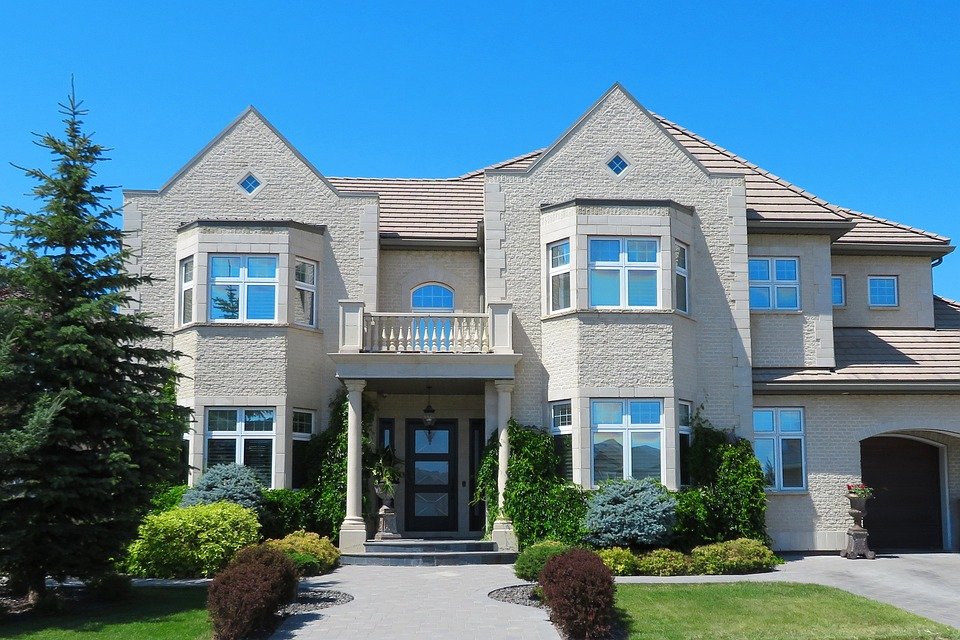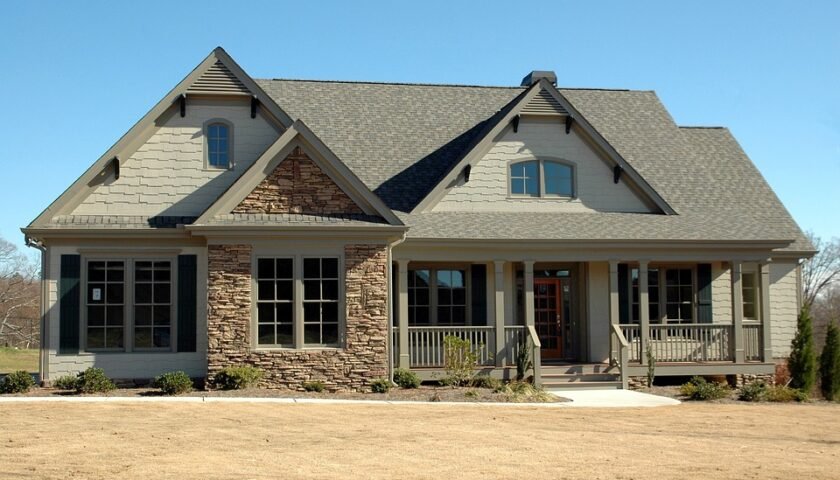[ad_1]
The Canadian House of Commons is not only the heart of Canadian democracy but a symbol of the nation’s political system. Located in the iconic Parliament Hill in Ottawa, the House of Commons is the primary legislative body where Members of Parliament (MPs) gather to debate, discuss, and pass laws that shape the country’s future.
The House of Commons is composed of 338 elected representatives, each representing a specific electoral district or riding in Canada. These MPs are elected through a general election process where Canadian citizens cast their votes to determine who will serve as their local representative in Parliament. Collectively, their roles and responsibilities are to represent their constituents and advocate for their interests on the national stage.
Inside the House of Commons, the layout is designed to facilitate debate and the democratic process. The chamber features a distinctive horseshoe-shaped seating arrangement where the Speaker of the House occupies the center. This layout is intended to encourage debate and allows MPs to face each other, emphasizing their collective responsibility in discussing and deciding the nation’s affairs.
The Speaker of the House, a nonpartisan figure, acts as the presiding officer, maintaining decorum, and ensuring that parliamentary rules and procedures are followed. The Speaker is responsible for recognizing MPs who wish to speak, keeping order during debates, and casting a deciding vote in the event of a tie. This position represents the independence of the Speaker from the government and ensures fair and impartial proceedings.
Debates in the House of Commons can be spirited, passionate, and at times, combative. MPs from different parties bring diverse perspectives and ideas, which leads to robust discussions on various issues affecting Canadians. The official languages of English and French are both used in the House, reflecting Canada’s bilingual nature. MPs can deliver speeches and question others in their language of choice, making it accessible to all Canadians.
The daily schedule of the House of Commons follows a structured routine. The day begins with Question Period, in which MPs have the opportunity to question government ministers about their policies and decisions. This session is crucial for holding the government accountable and ensuring transparency in decision-making. Following Question Period, debates on different bills and motions take place, where MPs present their arguments and opinions on various matters.
Apart from the debates, MPs also work in committees, specialized groups where they examine specific topics in detail. Committees provide a platform for in-depth discussions, analysis, and the opportunity to invite experts and stakeholders to share their knowledge. These committees play a vital role in scrutinizing proposed legislation, conducting studies, and making recommendations to improve government policies.
Visitors to the House of Commons have the opportunity to witness democracy in action. The public gallery offers a glimpse into the passionate debates, the exchange of ideas, and the collective decision-making that shapes the nation. From students to tourists, many individuals and groups flock to the gallery to experience firsthand the essence of Canadian democracy.
The Canadian House of Commons stands as a symbol of the nation’s democratic principles. Through its debates, discussions, and proceedings, it reflects the diversity of Canadian society and ensures the voices of all Canadians are heard. Inside the walls of this historical institution, the heart of Canadian democracy is ever-present, pulsating with the energy and resilience of a nation committed to the democratic ideals it represents.
[ad_2]




